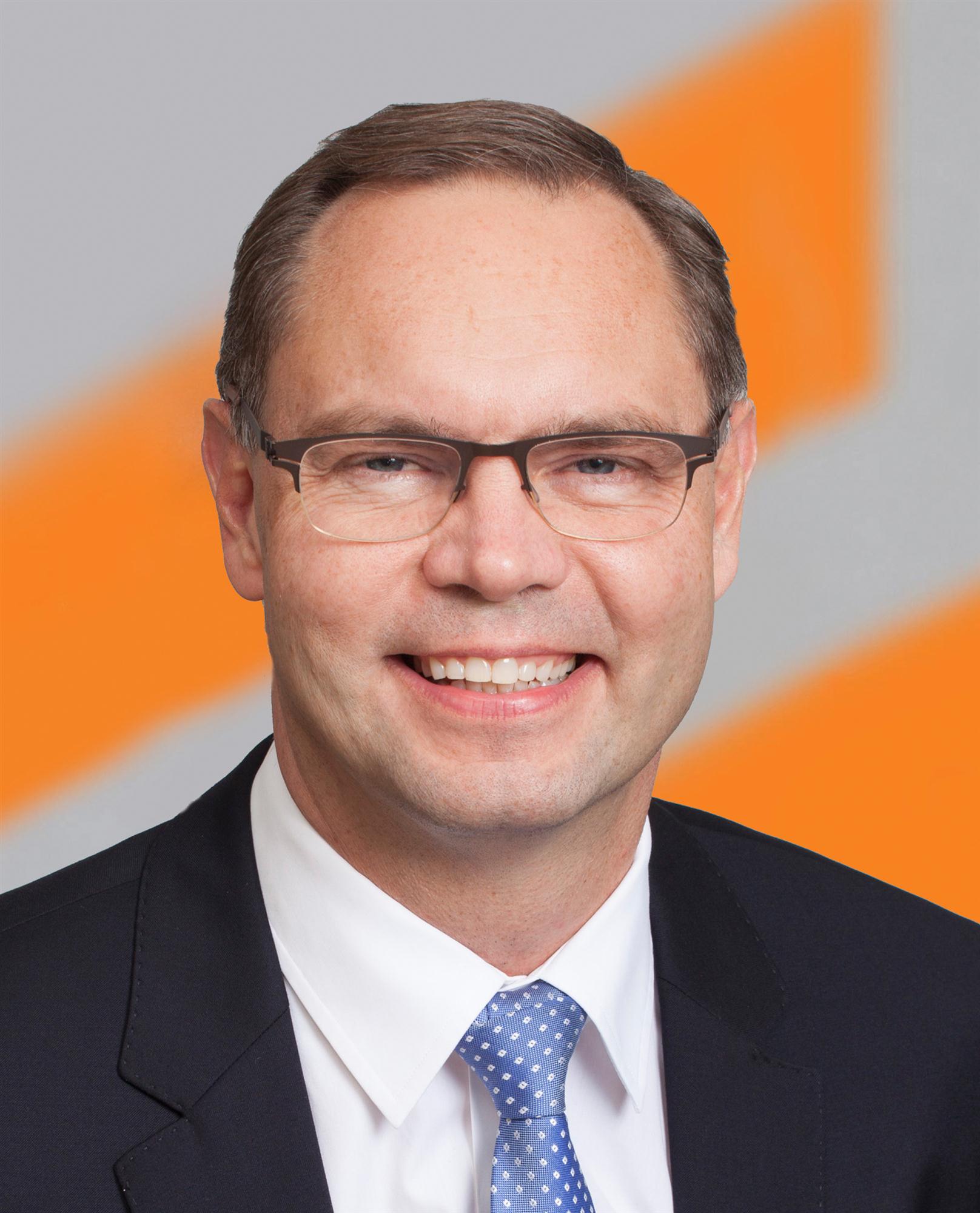The port industry will need to change if it is to overcome the weak market conditions affecting it, according to Kim Fejfer, CEO of APM Terminals.
 “The need for change has been more pronounced in the past two years than in the past 20 years,” said Fejfer, who was speaking at the annual Global Liner Shipping conference. “Changes in shipping require not only investment and increased efficiency at the individual port level, but the configuration of port complexes needs to adapt to cope with current trade flows, increased ship sizes and demands for lowest possible costs. There will be clear winners and losers in the coming years.”
“The need for change has been more pronounced in the past two years than in the past 20 years,” said Fejfer, who was speaking at the annual Global Liner Shipping conference. “Changes in shipping require not only investment and increased efficiency at the individual port level, but the configuration of port complexes needs to adapt to cope with current trade flows, increased ship sizes and demands for lowest possible costs. There will be clear winners and losers in the coming years.”
Fejfer said that there were three main trends in the port and terminal business.
“In the past we handled 13,000 TEU vessels,” he said. “Now we handle vessels 50% larger - and you need to be ready to handle these 20,000 TEU ships in all your ports or watch the business move elsewhere. Trade will always find the most efficient way to flow. Secondly in the past, low cost was important. Now, the lowest cost wins the business. Next, we used to see a critical need for both high speed and flexibility. Today, liner operators are so focused on cost they want consistency and reliability.”
In such a competitive environment, global portfolios need to be more standardized to achieve greater efficiency, according to Fejfer.
“At the individual port-complex level, there is a need for a port shakeup,” he said. “At the ports of Los Angeles and Long Beach, there are 15 different container terminals with the various alliances wanting to call on their respective terminals, creating cost and waste in intra-terminal transfers. If port operators are to contribute to the efficiency of shipping lines we have to drive rationalization, consolidation and segmentation to serve the larger vessels and smaller vessels. More investment is needed in port infrastructure.”



